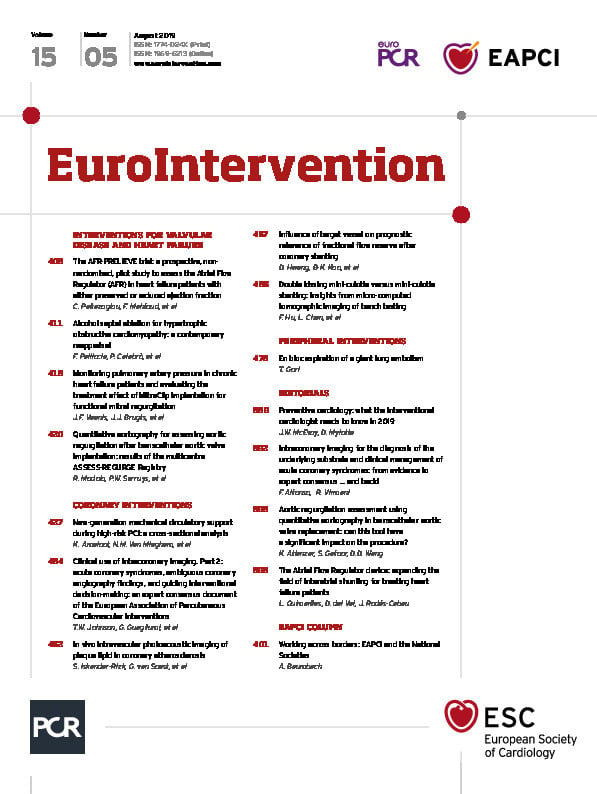Have you ever thought about the relationship between your National Society, representing your profession in your country, and the European Association of Percutaneous Cardiovascular Interventions, representing our profession in Europe and affiliated ESC countries? Probably not!
It is sometimes not obvious – and often not visible – how closely linked the two are.
Let me share some thoughts, as we have made this the topic of our recent EAPCI summit at the Heart House. Many of us are engaged in volunteer activity on a regional, national, and international basis. We are all members of our National Society and of the EAPCI.
However, if asked directly, we often cannot think of common projects, or how the EAPCI might have an impact on interventional cardiology in our country. Some colleagues question the role of a supranational society altogether.
The discussions at our summit with representatives of 15 societies brought all these points to light. However, fairly quickly it became apparent that there are indeed topics and areas where there is a mutual interest in working together, and where a group effort can bring success that would not be possible alone.
We have embarked on several projects that show the value of combining efforts and bringing in the best of the regions for added benefit, mutual support and enhanced outcomes. First and foremost, we contribute to teaching and training through our courses EuroPCR, PCR London Valves and the EAPCI-PCR Fellows Course. Moreover, we are in the process of rewriting a European curriculum for interventional cardiology. A certification process, confirming a good standard of training and requiring a sit-down examination, has been introduced. This is an example of how we can fill gaps in recognition of accreditation and the quality of training, which is of benefit for colleagues who intend to cross borders and work in different countries. It may also help as a model for accreditation in countries without a dedicated curriculum, training programme or certification for interventional cardiology.
A major project that has seen its first stage completed is the EAPCI White Book, the EAPCI Atlas of Interventional Cardiology. In this first edition, 16 countries provided detailed data on their interventional infrastructure, and numbers of procedures per million inhabitants for the year 2016. This is a fascinating insight into the heterogeneity of provision of care in Europe and affiliated ESC countries. We have already seen great interest in the data, not only to illustrate the variations, but also in the case of restrictions in several countries for leverage, a tool to push for better patient access to life-saving treatments.
The Atlas will go into the second round and we plan to continue and expand the regional coverage. The process is led by our Chair for the National Societies, Christoph Naber, a reflection of the central role the collaboration between our societies plays in a successful international project like this.
In this context I also must refer to “Stent - Save a Life!”, initially an EAPCI initiative that aimed at improving access to primary PCI for STEMI for patients in all countries. This was realised through collaboration with country champions, most often the leads of the National Interventional Societies of the countries. The same will hold true for the “Valve for Life” initiative, which has so far helped to increase access to life-saving valve interventions in three pilot countries - Poland, Portugal and France.
The Young community has identified communication with the national groups as a major priority and pushed the appointment of National Ambassadors. They are getting closer, across all borders and boundaries, as you can see in the various projects coming out of their committee.
In summary, the EAPCI and National Societies work hand in hand to pursue our mission “to reduce the burden of cardiovascular disease through percutaneous cardiovascular interventions”. We will aim to increase the visibility of our combined efforts, to enhance the interactions, in order to further the exchange of expertise and, importantly, the involvement of the representatives of National Societies in the coming years.

